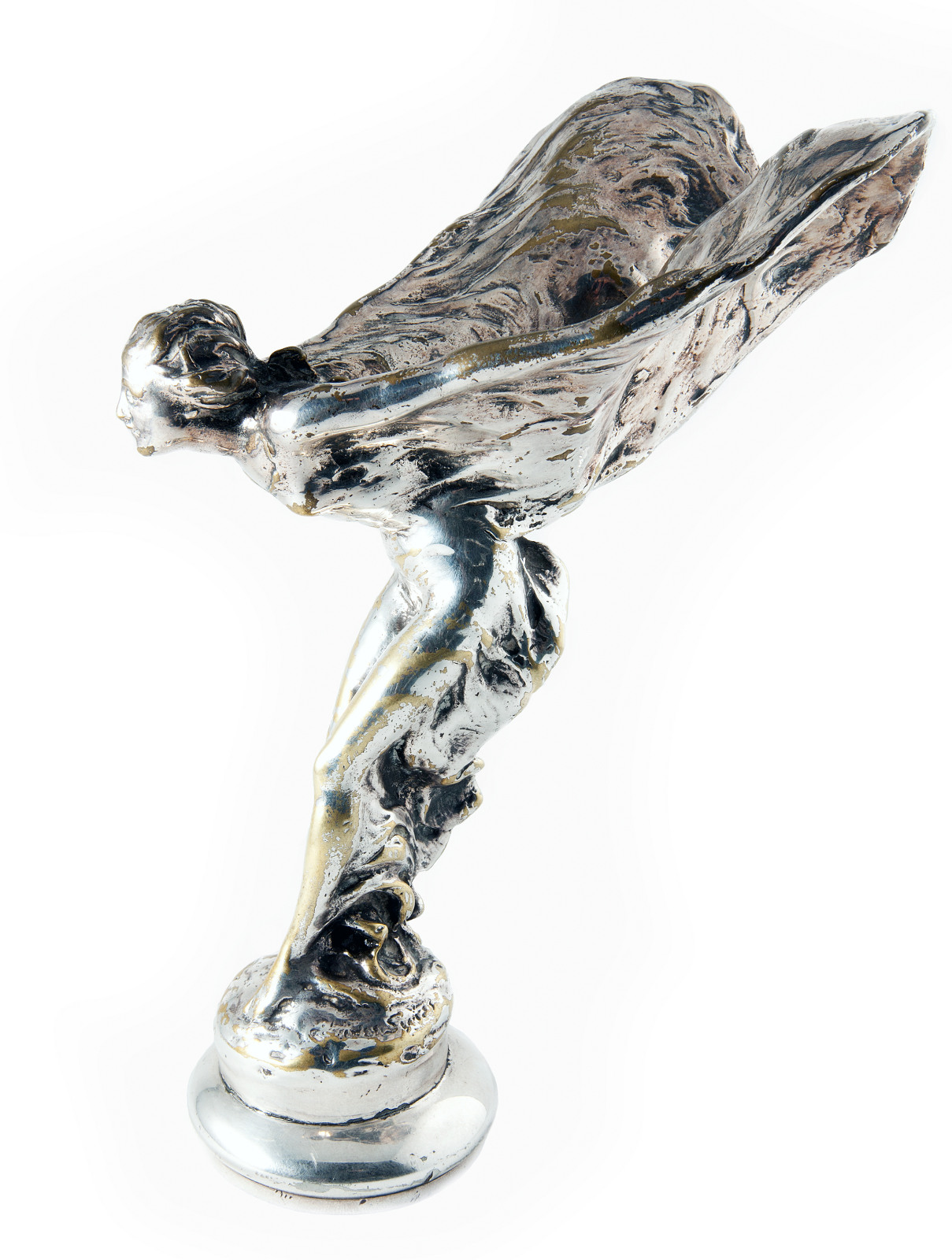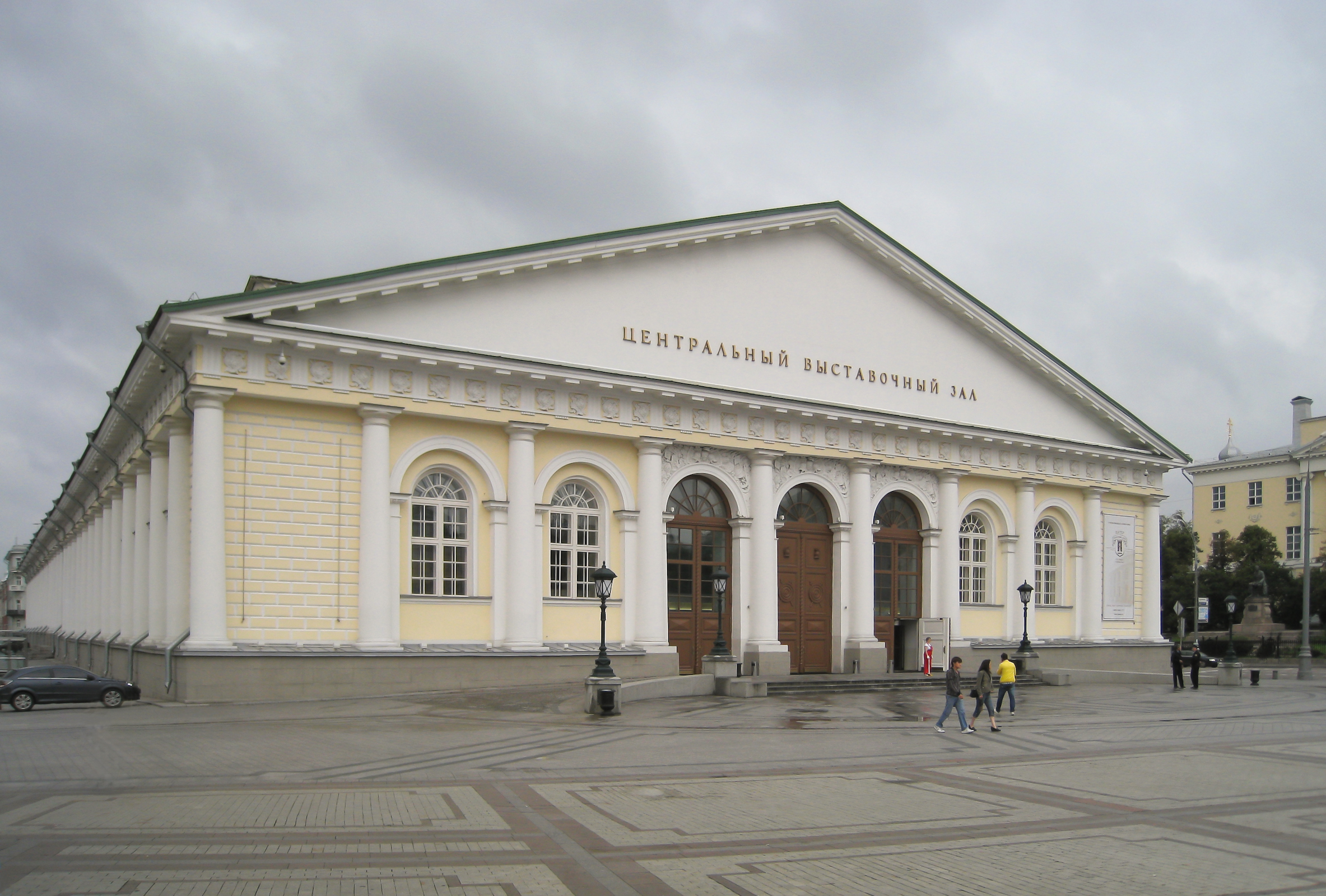|
The Rich Artistic History of Rolls-Royce Motorcars
|
Rolls-Royce is perhaps aware that a few of their customers are slightly 'eccentric.' The cars have been a subject of interest for artists and collectors for more than 100 years. Rolls-Royce Limited was created over a famous lunch in May 1904. Henry Royce, a successful engineer, struck a deal with Charles Rolls, owner of one of the first car dealerships. The ensuing series of two, three, four and six cylinder cars broke the mould for engineering and craftsmanship. The Silver Ghost, launched in 1907, was a car of legendary smoothness that completed a 14,371 mile virtually non-stop run, creating 'the best car in the world' legend (2). The Spirit of Ecstasy, also called "Silver Lady" or "Flying Lady", was designed by English sculptor Charles Robinson Sykes and carries with it a story about a secret passion between John Walter Edward Douglas-Scott-Montagu, (second Baron Montagu of Beaulieu after 1905, a pioneer of the automobile movement, and editor of The Car Illustrated magazine from 1902) and the model for the emblem, Eleanor Velasco Thornton, Montagu's secretary.
Sykes, a graduate of London's Royal College of Art, originally crafted a figurine of her in fluttering robes, having placed one forefinger against her lips - to symbolize the secret of their love affair. The figurine was consequently named "The Whisper" and is on display at the National Motor Museum in Beaulieu along with other Spirit of Ecstasy figurines. Only three or four castings were ever made, and only two are believed to have survived.
 |
| "The Whisper" |
|
|
|
Rolls-Royce became later concerned that some owners were affixing "inappropriate" ornaments to their cars. Claude Johnson, then managing director of Rolls-Royce Motor Cars, was asked to see to the commissioning of something more suitably dignified and graceful. Sykes' brief from Claude Johnson had been to evoke the spirit of mythical beauty, Nike, whose graceful image was admired in The Louvre. In 1911, Sykes chose to modify The Whisper into a version similar to today's "Spirit of Ecstasy" - "A graceful little goddess, the Spirit of Ecstasy, who has selected road travel as her supreme delight and alighted on the prow of a Rolls-Royce motor car to revel in the freshness of the air and the musical sound of her fluttering draperies."Some critics and fans of the Rolls Royce have given The Spirit of Ecstasy the dubious nickname "Ellie in her Nightie", suggesting Eleanor's influence as Sykes' muse. "(3)
 |
| "Nike of Samothrace" |
|
|
|
|
|
 |
"The Spirit of Ecstasy"
|
 |
| Angela Bulloch with her 'Cipher of L' installation, the dimensions of which are identical to a Rolls-Royce Phantom. Photo courtesy of http://uk.blouinartinfo.com. |
Berlin-based Angela Bulloch's sculpture of flashing ‘pixel boxes’
lights up the Mayfair showroom of Rolls-Royce for the duration of
Frieze London, 2014. This one-off piece has the same
dimensions, and a similar level of craftsmanship, as a Rolls-Royce
Phantom. Bulloch went to the Rolls-Royce workshop in Goodwood to seek
inspiration, and was ‘impressed by the technology and quality of
leatherwork and veneers that go into the making of all their cars’.
Using LEDS for the first time, she adds: ‘The light programme that runs
through my 'Cipher of L' piece uses a range of secret colours usually
found on the exterior of Rolls-Royce's cars and the work will have a
puzzling pattern that nearly never repeats.' (1)
“The Ideological Antecedents of the
Rolls-Royce Radiator” (1962) by Erwin Panofsky discusses the origins of English
architectural and artistic styles. He begins the essay referencing
the English penchant for gardens, as seen in the so-called “Garden Revolution” of the second
decade of the 18
th century. This revolution marked the replacement
of the Italo-French garden of the preceding era with what the “English
Garden.” The English Garden rejected the formal style of gardening, epitomized by the gardens of Le
Nôtre Versailles. These gardens "had proudly imposed upon the infinity and irregularity of
nature the finiteness and order of a little universe conceived by man—a
universe cut out of (and off from) the great outdoors and rationally organized
into a geometrical pattern of avenues suitable for the stately progress of
horsemen...carefully clipped into stereometrical
shapes, “mazes” which pose neat problems in topology, and bodies of water
disciplined to the regular contours of basins and canals..." (4)
Panofsky cites Alexander Pope's "Moral Essays" (1731-35), which states: "Treat the Goddess [Nature] like a modest Fair / Nor overdress nor leave her wholly bare." (5)
1. "As Frieze fever takes over London, we preview the best satellite exhibitions around town" O'Kelly, Emma.
Wallpaper magazine online edition. October 10, 2014.
http://www.wallpaper.com/art/as-frieze-fever-takes-over-london-we-preview-the-best-satellite-exhibitions-around-town/8083#FsjC6bYVwi3Js8lq.99)
2. "The Beginning,"
http://www.rolls-roycemotorcars.com/history/
3. "State Master Encyclopedia: The Spirit of Ecstasy,"
http://www.statemaster.com/encyclopedia/Spirit-of-Ecstasy. Accessed 11 October, 2014.
4. Panofsky, Erwin. “The Ideological Antecedents
of the Rolls-Royce Radiator,” Proceedings of the American Philiosophical Society, Vol. 107, No. 4, August 1963.
JSTOR.org, Accessed 11 October 2014.
5. Pope, Alexander. "Moral Essays," 1731-35. Ian Gordon. "Moral Essays." The Literary Encyclopedia. 24 Jan. 2002. Accessed 11 October 2014.<
http://www.litencyc.com/php/sworks.php?rec=true&UID=3487













